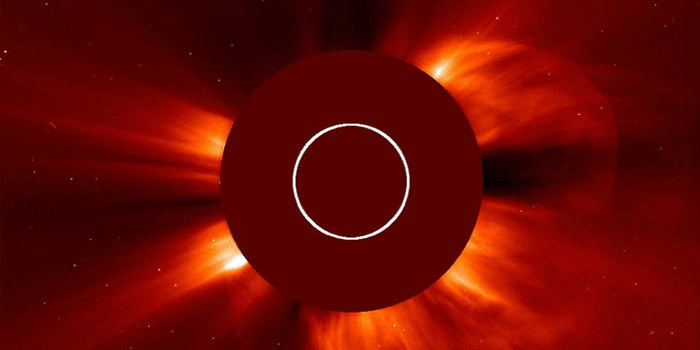An Indian-origin NASA Goddard space scientist has built a new forecast tool which can predict solar storms up to 24 hours before they vend their fury on Earth. Sometimes, a massive burst of gas and magnetic field known as a coronal mass ejection (CME) can disrupt communications, utility grids, GPS and other such technologies we are dependent upon. The problem is that the 30 to 60 minutes of warning we get about whether such storms originating from the Sun are destructive or not, is not enough.
Hence Neel Savani is testing a tool for forecasting solar storms a day before they wreak havoc. The size of a CME does not matter as long as it aligned in the same south to north direction as Earth’s. If it is in the north to south configuration, it can rearrange our planet’s magnetic field. All along, scientists have been observing the magnetic fields of the initial eruption on the Sun to get an estimate of a CME’s magnetic field configuration.

Savani’s new technique recognizes the complex reality of CMEs having foot points in more than one active area of the Sun. Coronagraphs which can record the CMEs’ progress by blocking the blinding solar light are employed to watch how the bursts of gas and magnetic fields change over time. This is accomplished via NASA’s Solar Terrestrial Relations Observatory (STEREO), and the joint ESA/NASA Solar and Heliospheric Observatory (SOHO).
The movements and changes in a CME provide clues to how it will be configured as it comes towards Earth. The tool can even pick out the parts of the CME that will have magnetic fields pointed in a particular direction. Once the model is developed to produce accurate predictions, it will of great use to the military, airlines, utility companies and similar other entities.
